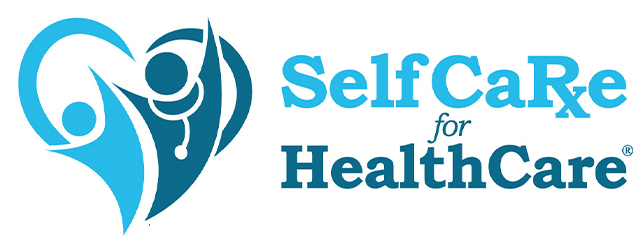Along with nurses, physician burnout is a growing problem. The Mayo Clinic offers these nine inexpensive strategies to improve physician engagement and reduce burnout:
- Admit there is a problem and then assess it.
- Identify physician leaders: Look for physicians who have the ability to listen, engage, develop and lead physicians, then train them.
- Develop interventions to prevent burnout: Identify departments that have high burnout rates. Work with staff to discuss the problems and how the organization can make changes to help improve satisfaction.
- Encourage peer support: Mayo has dedicated meeting areas stocked with fruit and beverages where physicians can gather. They have small group meetings to help them discuss the ups and downs of practicing medicine.
- Offer incentives: Consider salaried compensation models or rewards that offer greater flexibility and time for physicians to pursue aspects of work most meaningful to them.
- Make sure the hospital’s culture will achieve its overall mission: Survey physicians to evaluate how well the organization meets its values.
- Encourage work-life balance: Many doctors work more than 60 hours per week, making it difficult to have a personal life. Offering flexible work schedules, starting earlier or later certain days of the week helps.
- Give doctors resources for self-care: Give physicians the necessary resources to promote resilience. These tools must address work-life integration, fitness, sleep, diet, relationships and hobbies.
- Support evidence-based strategies that promote physician engagement and reduce burnout.
To provide physicians with selfcare resources visit us at SelfCare for HealthCare. Interested in LeAnn Thieman’s keynote speaking, training and workshops? Email lthieman@leannthieman.com.




